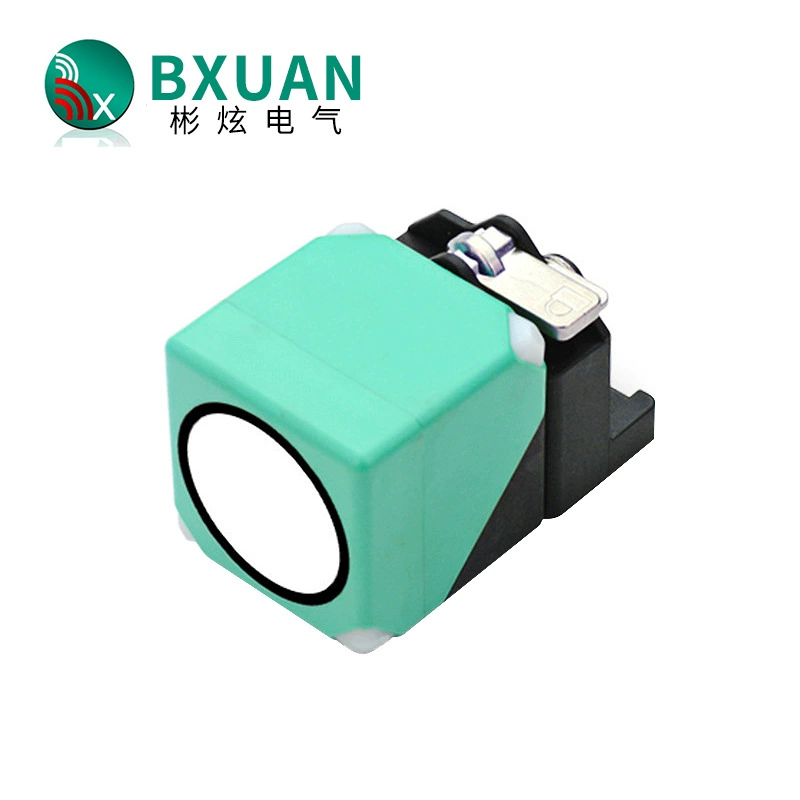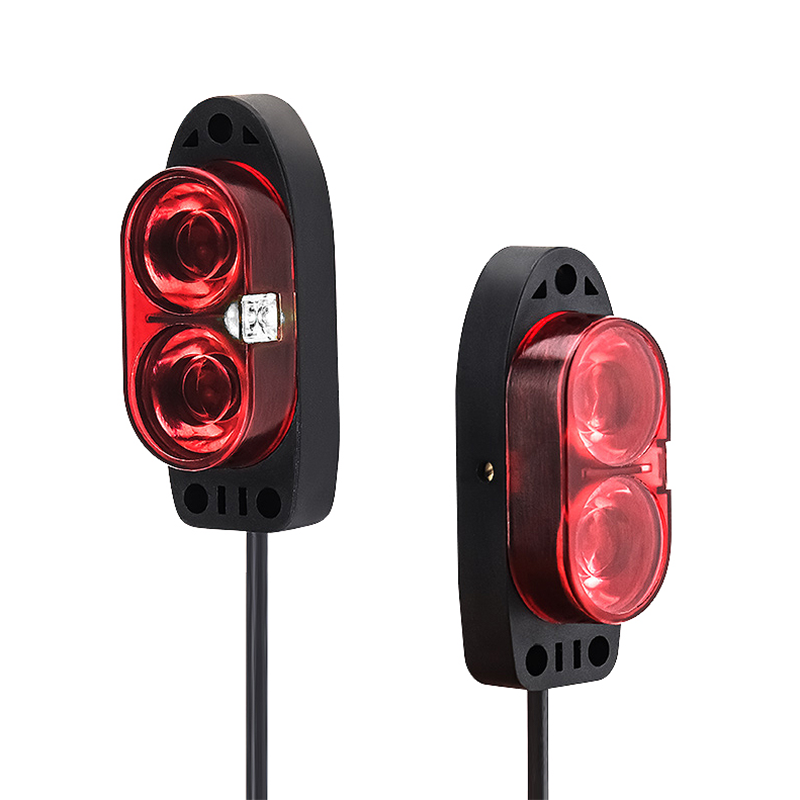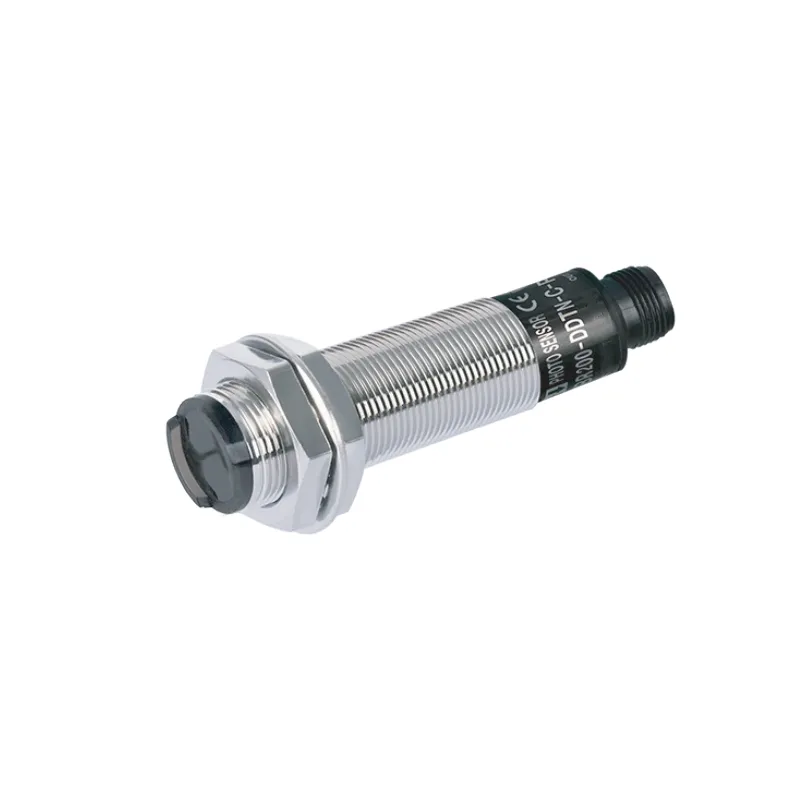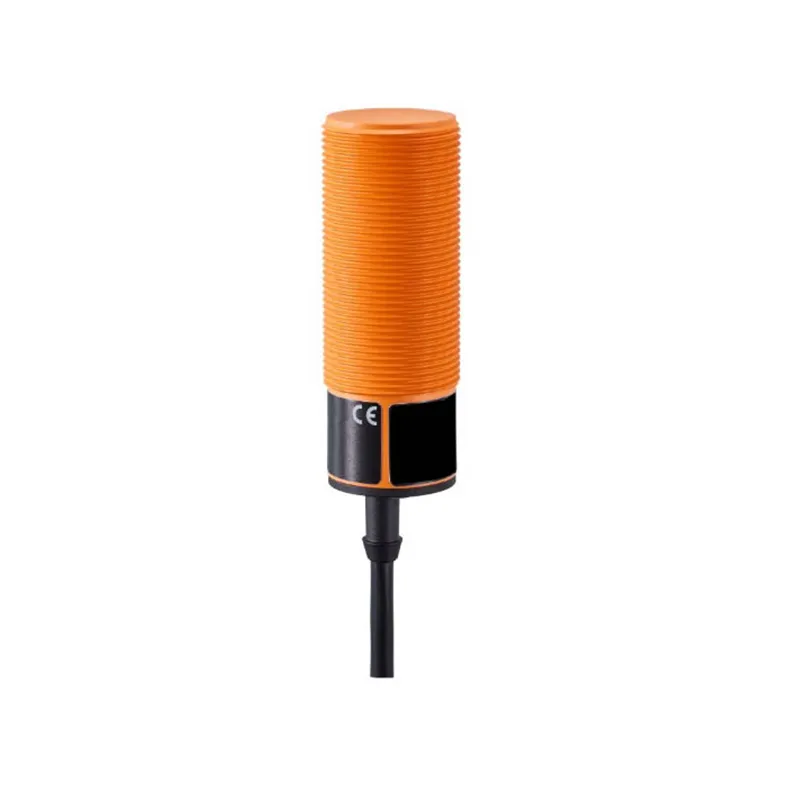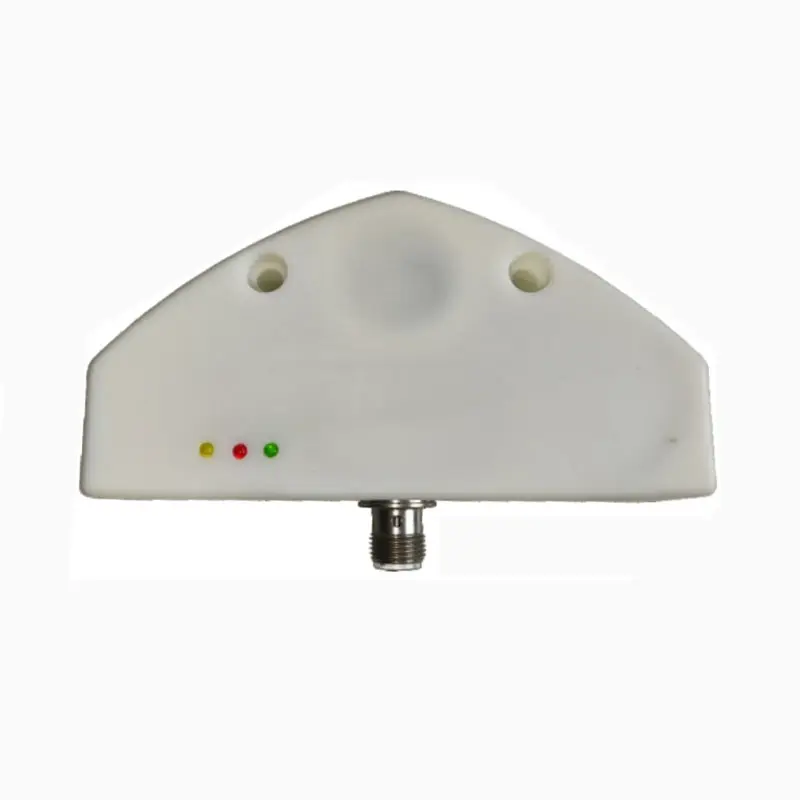fotoelektrisk närhetssensor
En fotoelektrisk närhetssensor är en sofistikerad detekteringsenhet som använder ljusstrålar för att identifiera förekomst, frånvaro eller avstånd till objekt utan fysisk kontakt. Genom att sända ut och ta emot ljus använder dessa sensorer antingen infrarött eller synligt ljus i kombination med en fotoelektrisk mottagare. När ett objekt kommer in i sensorns detekteringszon avbryter eller reflekterar det ljusstrålen, vilket utlöser sensorns signal. Tekniken använder olika detekteringsmetoder, såsom genomstrålnings-, reflektors- och diffusdetektering, var och en lämplig för olika tillämpningar. Dessa sensorer presterar utmärkt vid höghastighetsdetektering och kan fungera effektivt över stora avstånd, vilket gör dem ovärderliga i modern industriell automation. Deras förmåga att detektera objekt i olika material, färger och storlekar, tillsammans med deras immunitet mot elektromagnetisk störning, gör dem till mångsidiga lösningar för ett brett spektrum av industriella tillämpningar. Sensorerna har justerbara känslighetsinställningar, vilket möjliggör exakt kalibrering för specifika driftsmiljöer, och inkluderar ofta inbyggt skydd mot störningar från omgivande ljus. Moderna fotoelektriska närhetssensorer innehåller även avancerade funktioner som digitala displayar, flera utgångsalternativ och självdiagnostik, vilket säkerställer tillförlitlig drift i krävande industriella miljöer.


